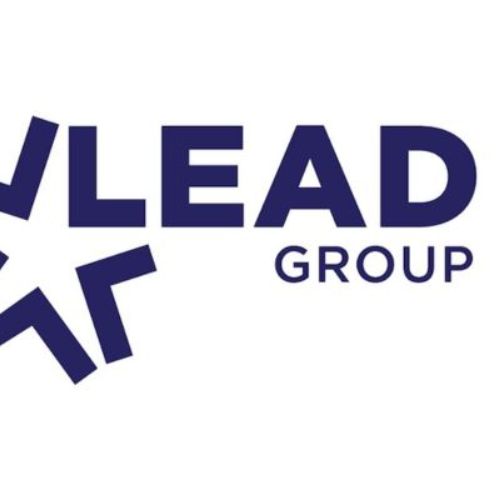The recent market volatility has pushed US banking regulators to take actions they did not want to take, including allowing the largest US bank to grow even bigger. As the pressure mounts, regulators are struggling to address the crisis in the regional banking sector, which is posing a threat to the US economy. This article explores the challenges and potential solutions to the ongoing crisis.
Regulators Wary of Consolidation
The Federal Deposit Insurance Corp (FDIC), one of the main banking regulators, has been cautious of bank consolidation. In 2021, the FDIC Chairman, Martin Gruenberg, stated that the sale of some troubled banks too big banks during the 2008 financial crisis had “increased long-term financial stability risk.” However, the FDIC’s recent takeover of Silicon Valley Bank after a run on the lender triggered a deposit flight to safety and saw some of the largest US banks initially being excluded from bidding.
First Republic Bank’s Failure
First Republic Bank was the least expensive alternative for the deposit insurance fund, therefore the FDIC was forced to sell it to JPMorgan when it failed. An FDIC spokesperson said that the global systemically important banks (G-SIBs) were not excluded from bidding on Silicon Valley Bank and were invited to do so. The G-SIBs’ decision to not place an offer reflected their disinterest in the asset.
The Problem with Regional Banks
The collapse of some regional banks and deposit flights has caused these banks to pull back on lending. This is problematic as these banks provide credit to vast sections of the US economy. The shares of some other banks have also been hit, with the KBW Regional Banking Index down by 30% since March 8. Continued stress on these banks could push the US economy into a recession.
Potential Solutions
Regulators, bankers, and other experts have suggested various ideas for additional steps Washington could take to address the crisis. However, some options, such as accelerating the pace of approvals of bank deals or increasing deposit guarantees, encourage things that regulators do not want, such as the creation of bigger banks or irresponsible behavior. Others, such as restricting short selling, have not worked in the past and would require legislative approval.
Treating the Symptoms
In the wake of recent events, authorities have granted monetary relief to financial institutions, enabling them to satisfy the demands of their account holders. Nevertheless, the present dilemma concerns a deficit of trust, with certain investors expressing doubt regarding the prospective earnings of said lenders. As one bank topples, another takes its place at the forefront of public attention, engendering a damaging cycle and pressuring regulatory bodies to once again intervene.
Potential Midsize Bank Deals
Treasury Secretary Janet Yellen stated that nearly all banks had access to sufficient liquidity, but pressure on earnings may lead to some midsize bank deals. Yellen said that regulators would be open to such deals if they occur.
Conclusion
The ongoing crisis in the regional banking sector is posing a threat to the US economy, and regulators are struggling to address it. While potential solutions have been suggested, some may encourage unwanted behavior or require legislative approval. Regulators have treated the symptoms of the crisis, but there is a need for a long-term solution that restores confidence in the regional banking sector.















